Sensible CO2 recycling
- 3
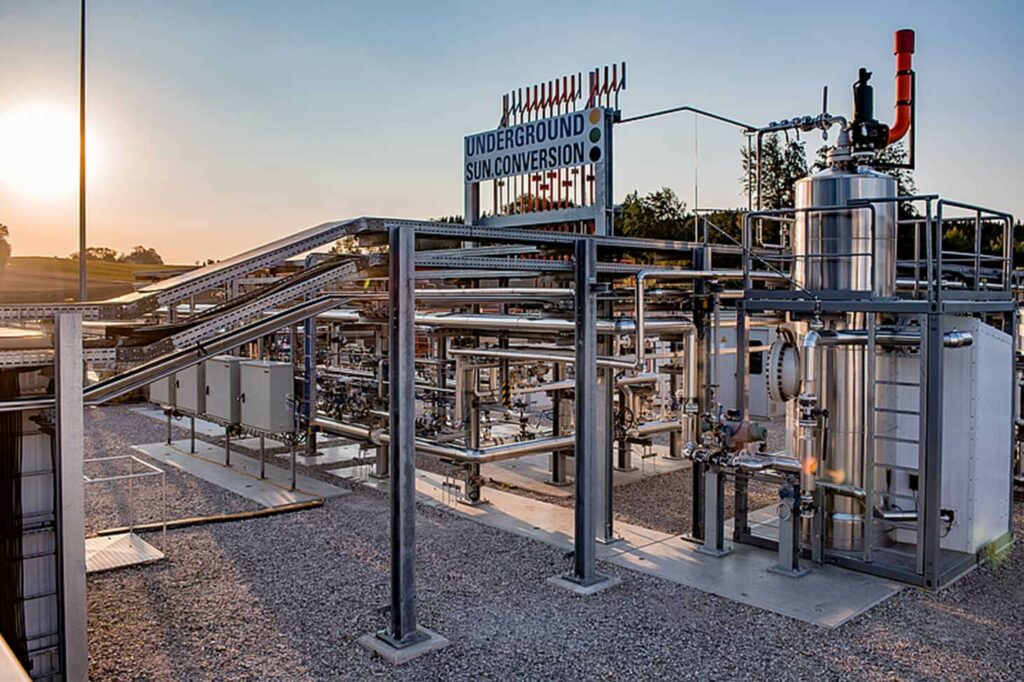
Carbon dioxide from technical processes should no longer impact the climate. That is why a key objective of our decarbonization strategy is to avoid its generation. But as long as carbon remains an indispensable component, for example in the production of high-quality steels, researchers are also looking into solutions to prevent or recycle CO2 emissions. In cooperation with a team from the K1-MET metallurgical research competence center, voestalpine is tackling this challenge. Irmela K., part of the team, has now been awarded the Young Scientist Awards 2022 for her outstanding work.
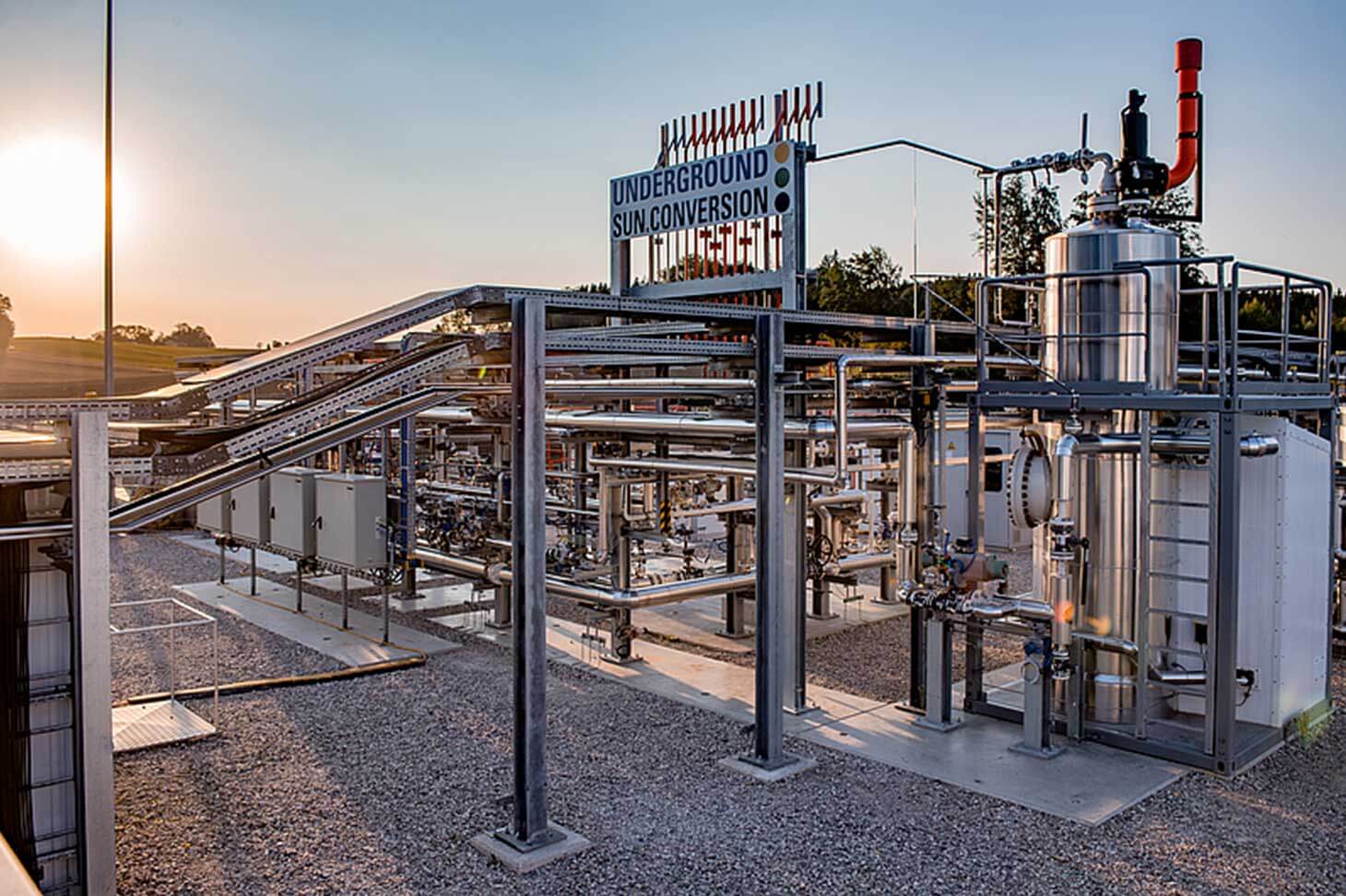
The „Carbon Cycle Economy Demonstration“ (C-CED) project is looking into creating a carbon cycle. CO2 generated in voestalpine industrial plants (which is present in the waste gas streams in varying concentrations) will be captured. Concentrated, compressed CO2 is pumped together with sustainably produced hydrogen into natural underground storage sites whose original natural gas content has been depleted.
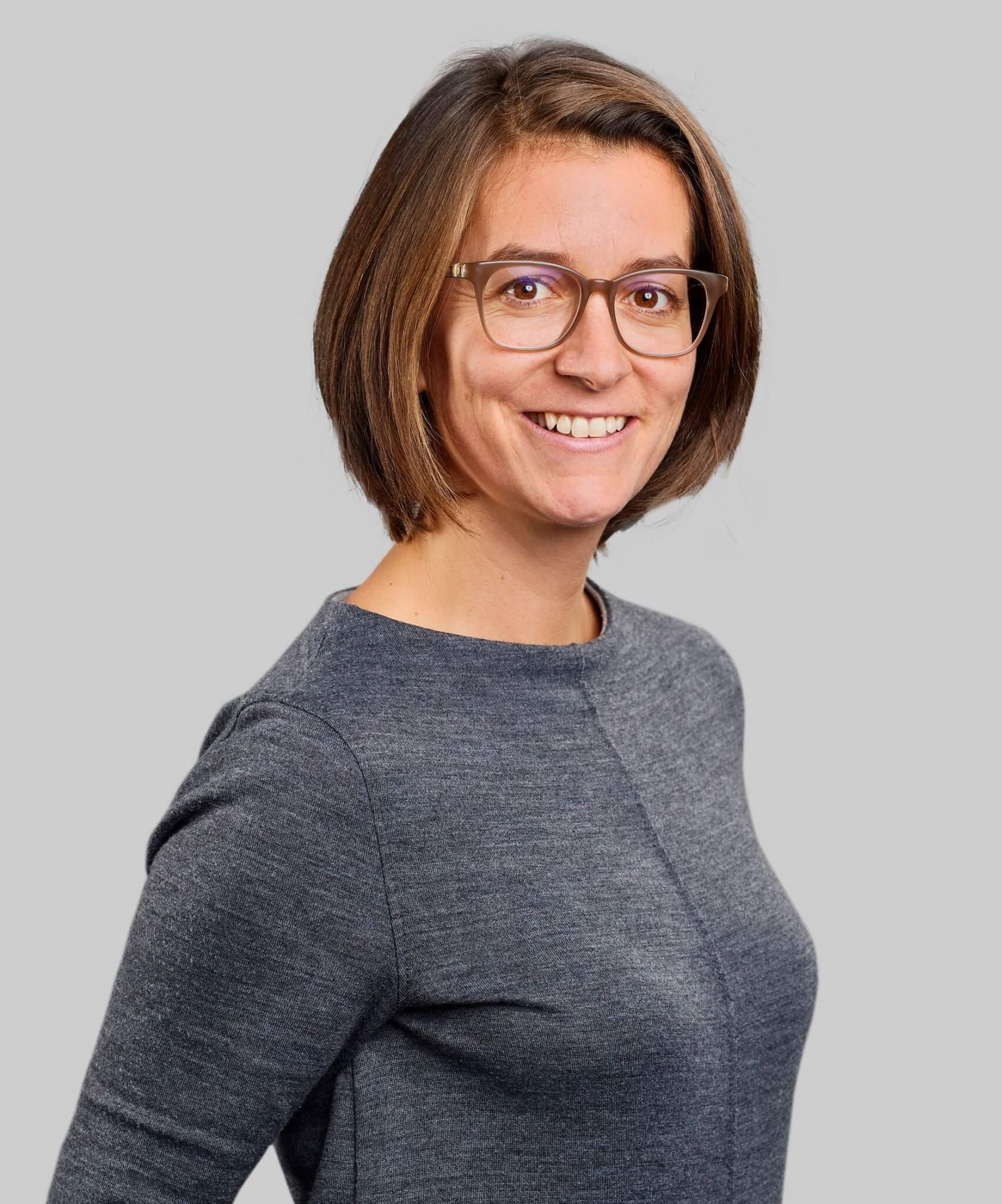
At a depth of about 800 meters, microorganisms indigenous to the site, known as archaea, combine the two gases to produce green methane, the main component of natural gas. This methanation process can take about four weeks. Additional source materials can be pumped in during this process. Like natural gas, the sustainably produced methane is extracted when needed and can be used in industrial processes or to produce electricity. CO2 is again generated and the cycle begins anew.
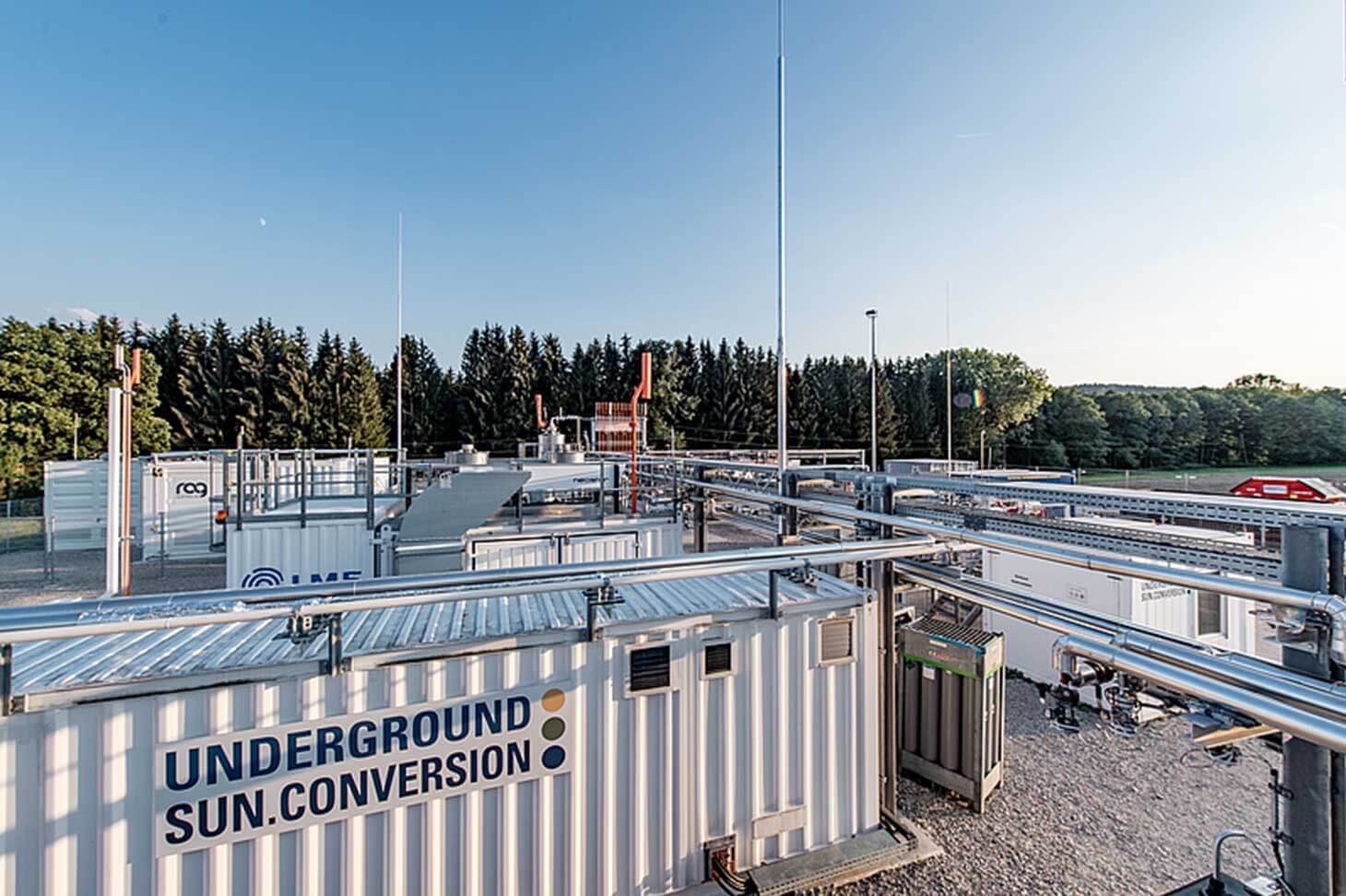
“This renewable methane can replace some of the fossil carbon and natural gas used in the blast furnace and direct reduction processes as well as in the heating furnaces in the rolling mill area,” explains Nina K., Project Manager for Carbon-Cycle Economy Demonstration (C-CED) at voestalpine. This would be a further step in decarbonizing steel production. Nina K. and Irmela K. point out that: “This process can also be used to store seasonal surpluses of sustainably produced electrical energy in the form of methane to be used when needed within the existing natural gas infrastructure.” In this way, Carbon-Cycle Economy Demonstration helps reduce climate-damaging emissions.
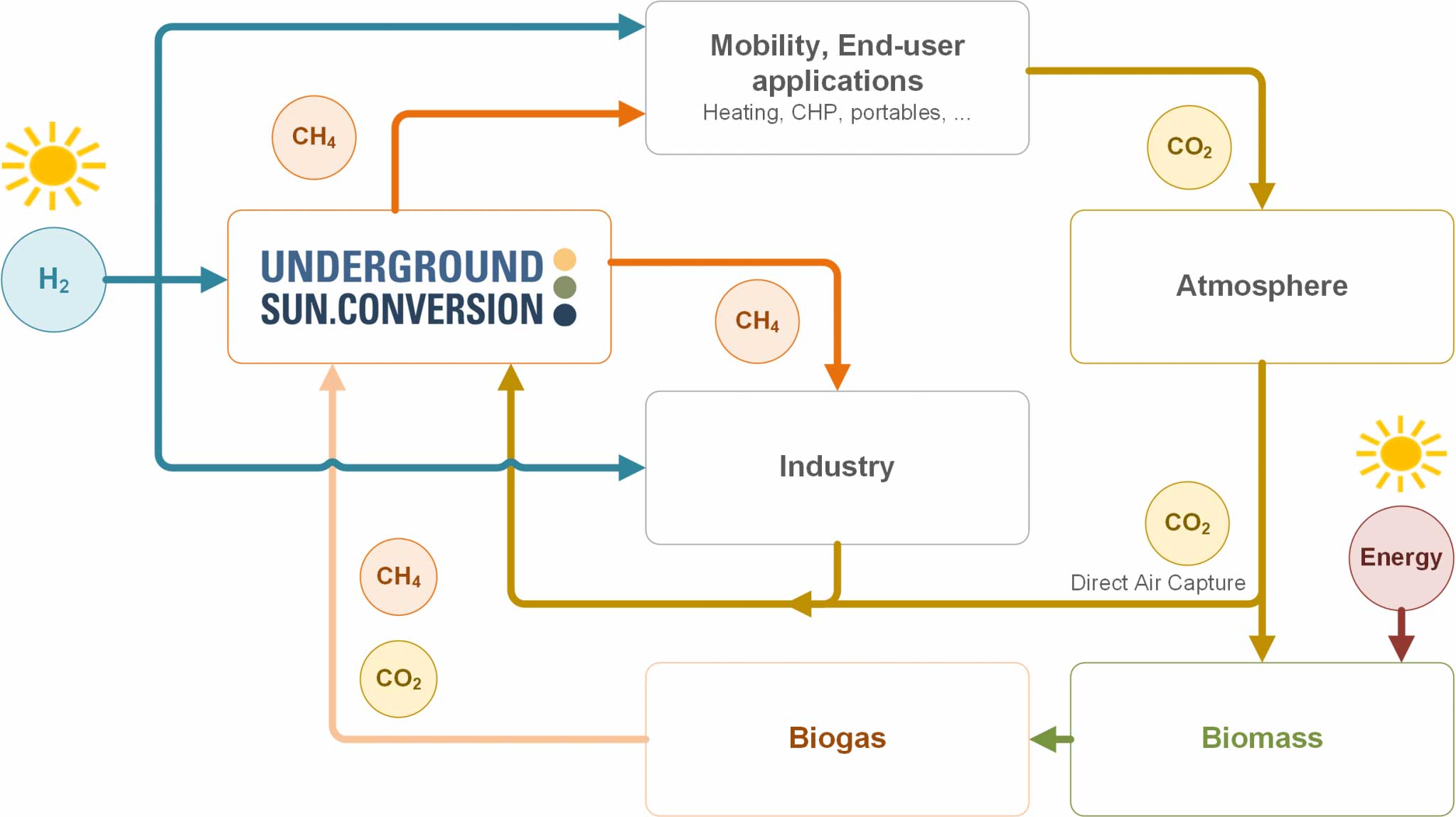
We have set ourselves the goal of making steel processing more environmentally friendly in the future. Together with Irmela K., we are thus making an important contribution to environmental protection. She has now been honored for her outstanding work by the Council for Research and Technology for Upper Austria (RFT OÖ) with the Young Scientist Awards 2022. The RFT Upper Austria Award is presented every two years to young scientists who help solve serious problems of the future. Their commitment helps us in the voestalpine Group to make steel processing more environmentally friendly and resource-conserving in the future.
Die voestalpine ist ein weltweit führender Stahl- und Technologiekonzern mit kombinierter Werkstoff- und Verarbeitungskompetenz. Die global tätige Unternehmensgruppe verfügt über rund 500 Konzerngesellschaften und -standorte in mehr als 50 Ländern auf allen fünf Kontinenten. Sie notiert seit 1995 an der Wiener Börse. Mit ihren Premium-Produkt- und Systemlösungen zählt sie zu den führenden Partnern der Automobil- und Hausgeräteindustrie sowie der Luftfahrt- und Öl- & Gasindustrie und ist darüber hinaus Weltmarktführer bei Bahninfrastruktursystemen, bei Werkzeugstahl und Spezialprofilen. Die voestalpine bekennt sich zu den globalen Klimazielen und verfolgt mit greentec steel einen klaren Plan zur Dekarbonisierung der Stahlproduktion.